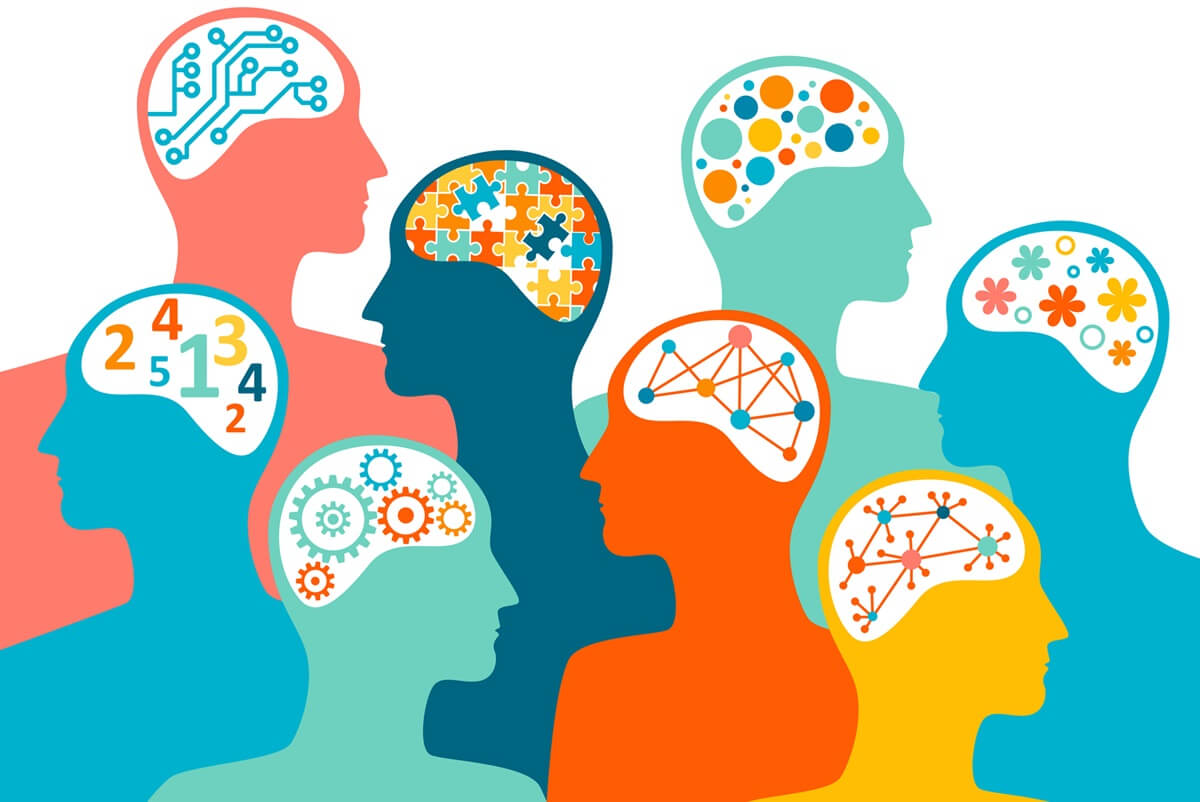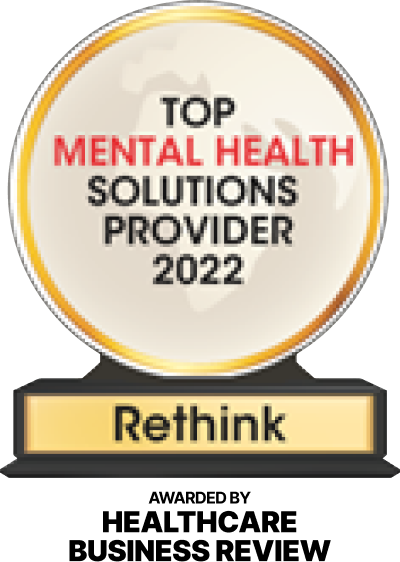When we think of neurodiversity initiatives, we usually refer to a small group of company leaders who steer specialized programs with separate HR policies and practices. They serve as the primary vehicle for neurodiversity-related activities, including:
- targeted recruitment
- alternative career pathways
- reasonable accommodations
While these activities at the institutional level accurately represent many effective specialized programs, companies can also engage employees at the individual level to fill other areas of opportunity, such as universal design for the broad workforce, to reduce the need for “siloed” programming. However, employees don’t have to wait for this to happen, as we can facilitate this by adopting an inclusive mindset and promoting neurodiversity in daily work interactions.
This article aims to shift our focus from specialized neurodiversity programs to tips any individual can practice to:
- adopt an inclusive mindset
- reshape their attitudes and behaviors
- model them for others in our workplaces
To effectively build group cohesion and perspective-taking in the workplace, we must acknowledge the full humanity of all our peers, including those who are neurodiverse, by embracing their unique qualities and engaging with those different from ourselves. Those who seldom have contact with neurodiverse individuals often lean on stereotypes in their thinking and attitudes, leading to stigma.
Stigma can create significant barriers for neurodiverse individuals to bring their whole selves to work. In contrast, when people feel appreciated and empowered to be themselves, they also feel safe to lend their experience and expertise to their environment.
...when people feel appreciated and empowered to be themselves, they also feel safe to lend their experience and expertise to their environment.
Louis Chesney Share this
This hallmark of inclusion allows work teams to explore different perspectives on business issues and create innovative solutions that result from combining them.
9 Ways to Foster a Neurodiverse-Inclusive Workplace
Here are nine ways to adopt an inclusive mindset and behaviors to create work cultures that respect and embrace neurodiversity:
1. Media exposure
Watch fair and accurate media portrayals of neurodiverse characters and storylines to get a more well-rounded perspective. Listen to neurodiverse voices, such as the Kaleidoscope Society, that may offer a different perspective than you have.
2. Deeper relationships
Engage meaningfully with colleagues and ask them questions to explore their experiences and perspectives, setting aside any preconceived ideas. Learn more about their unique interests, dreams, and hobbies while considering their possible differences in:
- cognition
- abilities
- personality
3. Improved communication
Understand the difference between intent and impact in communication and acknowledgment that most of us judge ourselves by our intent and others by their behavior and the impact that such behavior has had on us. When a communication blunder happens, share the impact of what someone said while also offering them an opportunity to clarify their intentions. We can facilitate communication to avoid any misunderstandings.
4. Active Listening
Practice active listening to ensure you fully understand people with different communication and interaction styles and they feel understood
5. Openness to Accommodations
Acknowledge that accommodations do not give an unfair advantage to teammates with support needs or responsibilities but instead level the playing field for those who may not otherwise be able to perform their job to their best ability. Accommodations can also help other teammates, including yourself, for different reasons.
6. Flexibility With Collaboration and Socializing
Help teammates who may be struggling with completing a task, always consider teammates’ work schedules and preferred means of communication, and do not place undue pressure on teammates to socialize outside work hours.
7. Project Task Delegation
Delegate project tasks to teammates based on their strengths and abilities (e.g., one person can take notes and outline as necessary, and another person can focus solely on the technical piece of the project).
8. Peer Mentorship
Volunteer to mentor new hires and less experienced colleagues. Make them aware of the “unwritten rules” in your company or team culture and help them understand its influence on their career success. When people are in a new environment, they look around toward others for a clue as to what the “right” behavior is. Instead, help them get settled and acclimated in the shortest possible time.
9. Professional Network
Participate in community organization events such as the Stanford Neurodiversity Summit, where you will encounter people who may be different in their cognition and perception. You’ll be able to serve as points of contact and referrals for job opportunities.
The Path to a More Inclusive Workplace
These principles can help individuals in your organization think about relationships with their teammates. They can also effectively remove barriers that cause misunderstandings and misattributions and hinder neurodiverse individuals from requesting reasonable accommodations.
As we incorporate these principles in our daily work interactions, we must recognize that some benefits will occur right away (e.g., with project task delegation) while others will evolve with practice (e.g., with active listening). Collectively, we have the power to create a culture of inclusivity.











